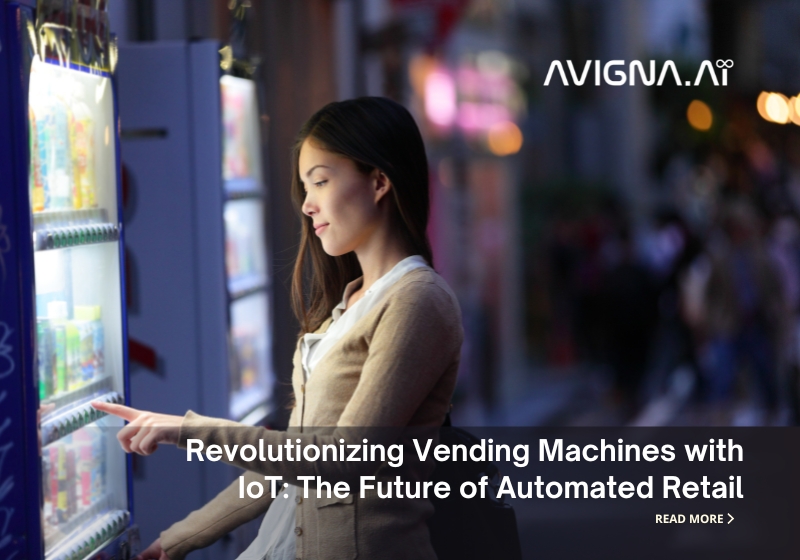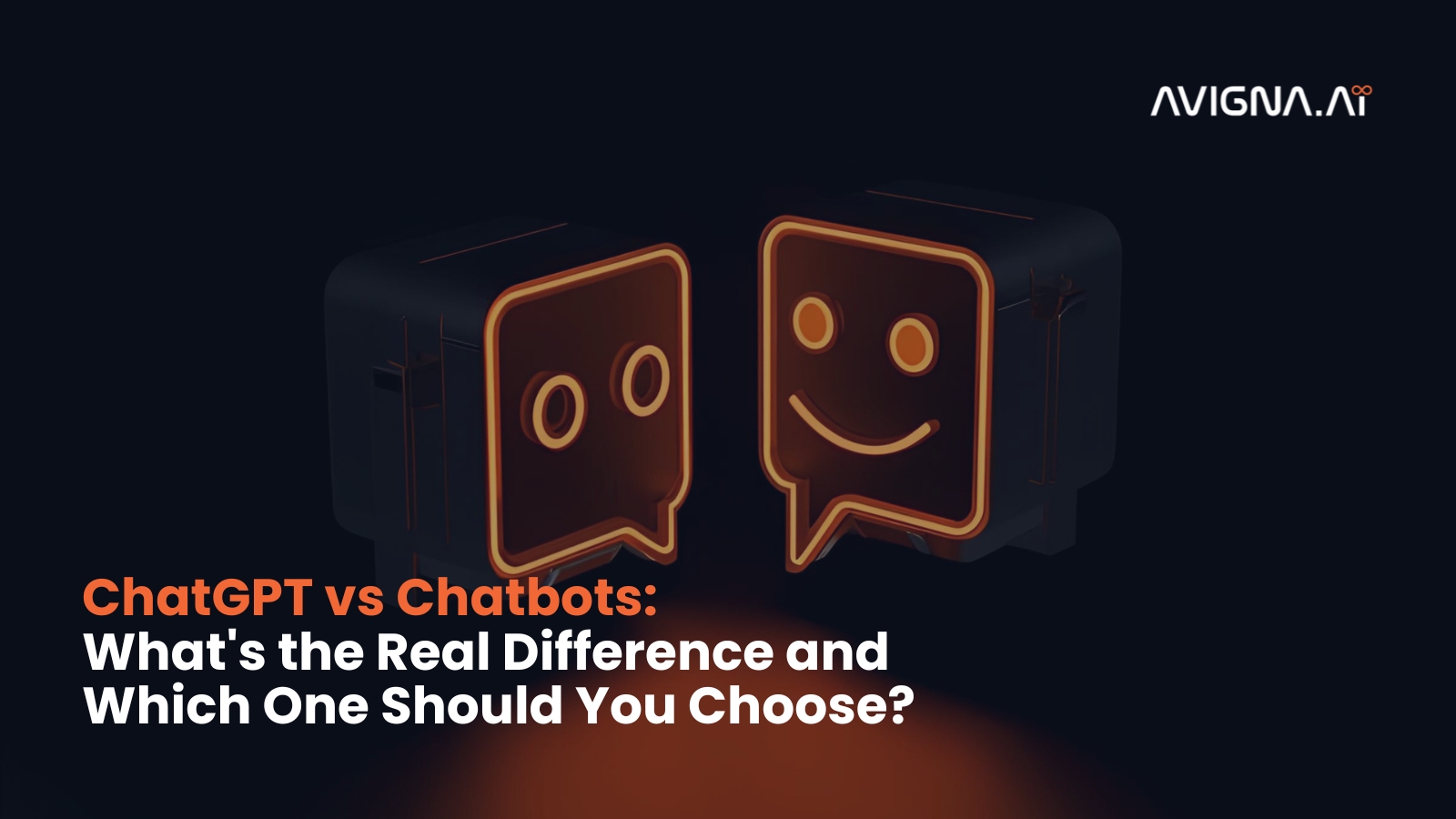Revolutionizing Vending Machines with IoT: The Future of Automated Retail
The sight of vending machines has always been common. It’s an excellent way for busy people to acquire snacks or beverages within seconds. However, these online kiosks are undergoing digital transformations via IoT that will increase their value by USD 5426.9 million this year. Featured with sensors and internet connectivity, modern vending machines are thus becoming smarter devices that can completely change how retailers work. In this article I intend to discuss how IoT revolutionizes the vending industry, creates room for new business ideas, and elevates customer satisfaction.
The Evolution of Vending Machines
Initially used merely as 24-hour snack dispensers, their current state is an advanced automated retail approach. Payment systems such as coins and bills have been integrated into the vending technology over time to make transactions more accessible for customers. They also began using glass windows and electronic screens as display means for various products. In addition, adding Internet of Things (IoT) features to these appliances led to considerable improvements in modern-day vending machines.
With sensors incorporated into modern IoT?enabled vending machines, they will continuously monitor the stock of items available, identify possible low stock levels, and automatically track sales that occur in real time. As a result, businesses can know what their clients buy at any given time by looking at what remains on the shelf. Hence, timely ordering is easy for them.
IoT-driven Operational Efficiency
Contemporary vending machines that utilize IoT sensors, edge devices, and the cloud provide retailers with remarkable advantages that can make cost and procedure more efficient.
Supply Chain Management
- Real-time inventory ensures that there are always items in stock to prevent lost sales due to having an empty shelf.
- Automatic replenishment systems use predictive analytics of sales patterns to place orders directly from manufacturers.
- Over-or-understocking risks are minimized through IoT-based demand forecasting.
Logistics Optimization
- Dynamic routing of delivery vehicles is enabled using sales and inventory data from multiple street furniture assets.
- Route planning algorithms calculate the most efficient paths to minimize distance, fuel consumption, and carbon footprint.
Predictive Maintenance
- Integrated sensors continuously monitor machine health, component usage, and reliability metrics.
- Predictive diagnostics generate maintenance alerts proactively before breakdowns or failures occur.
- Condition-based servicing reduces repair costs through preventative, optimized schedules determined by IoT analytics.
Energy Management
- Smart vending leverages IoT to optimize product refrigeration/cooling based on usage and ambient conditions.
- Sensor data drives energy-efficient strategies like dynamic temperature controls and automated door closures.
- Over-the-air software and firmware updates can enhance the power efficiencies of legacy units remotely.
Analytics-driven Profitability
- Valuable sales and customer insights improve pricing strategies, product mix optimization, and marketing ROI measures.
- IoT-enabled control of variable components like lighting and displays curb operational expenditures.
- Data-based revenue management maximizes profits through situational pricing levers and targeted promotions.
Personalized Customer Experiences
IoT-driven vending machines take the consumer experience to new interactive levels by facilitating rich, personalized engagements.
Customer Recognition
- Beacon technology, facial recognition, or login profiles help machines identify returning users.
- Past purchase histories assist in offering customized product recommendations and targeted discounts.
Interactive Advertising
- Digital signage, multimedia screens, and apps deliver hyper-relevant ads based on anonymous customer profiling.
- Mini-games, quizzes, and surveys embedded within vending interfaces increase customer engagement and retention.
Touchless Transactions
- NFC, fingerprint, and mobile payment options enhance convenience through contactless purchasing
- Biometric authentication improves security while eliminating cash/coins from the buying process.
- Quick Checkout speeds provide a satisfying on-the-go retail experience.
Challenges and Considerations of Implementing IoT-Enabled Vending Machines
The first significant challenge remains ensuring robust cybersecurity measures are implemented to protect sensitive consumer data collected through these smart devices. Because they handle payment transactions and collect personal information, businesses must invest in advanced security systems like data encryption, regular software updates, and intrusion detection protocols. This aspect requires constant monitoring and improvement with an increasingly sophisticated cyber threat landscape.
Additionally, with these vending machines now operating as networked devices, connectivity and technical issues could disrupt operations and impact the customer experience. Ensuring reliable wireless connectivity even in remote locations and having protocols for rapid remote troubleshooting are essential to minimize downtime.
Regulatory compliance is another ongoing challenge as laws surrounding data privacy, payment security, product labeling, and more continuously evolve. Vending machine operators must carefully review all applicable regulations within their jurisdictions to identify potential gaps and integrate compliant design practices. Partnering with legal experts specialized in emerging technologies also guides effective compliance management.
Forging the Path Ahead with Avigna
IoT and digital transformation will significantly impact the future shape of automated retailing through vending. Forward-thinking retailers must prepare for this evolution by actively exploring new connected solutions. While initial investments may seem sizable, the long-term gains of optimized operations, richer customer engagements, and first-mover competitive advantages far outweigh such costs. Staying apprised of emerging technologies through conferences and pilot programs will also position businesses optimally for an IoT-driven automated retail landscape.
Contact us to learn how to transform vending machines with IoT. We are reachable on Email and LinkedIn.



